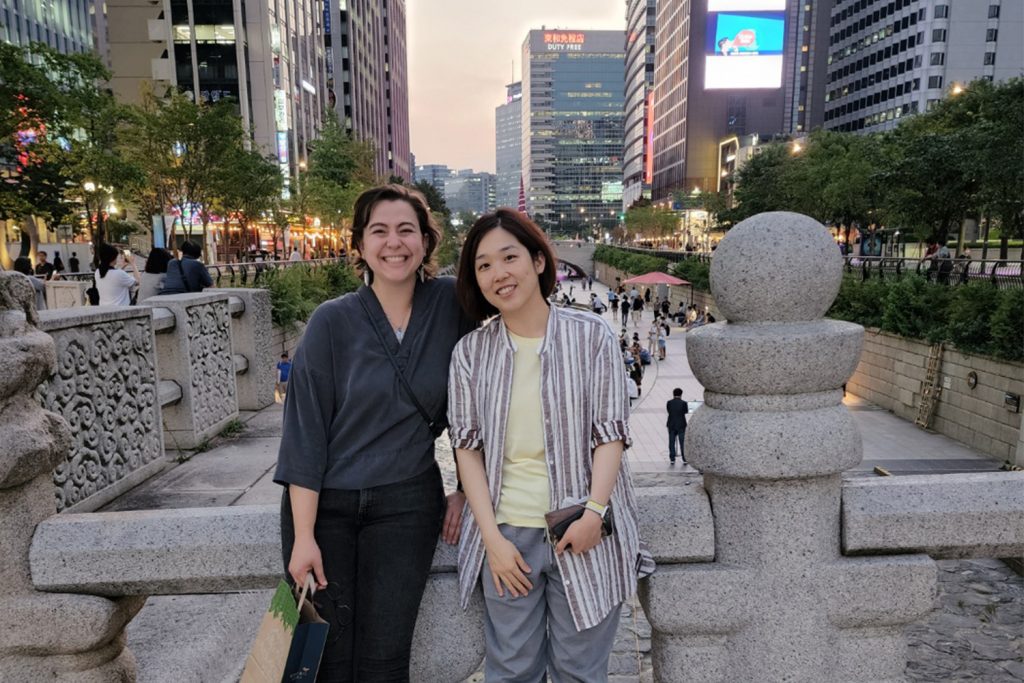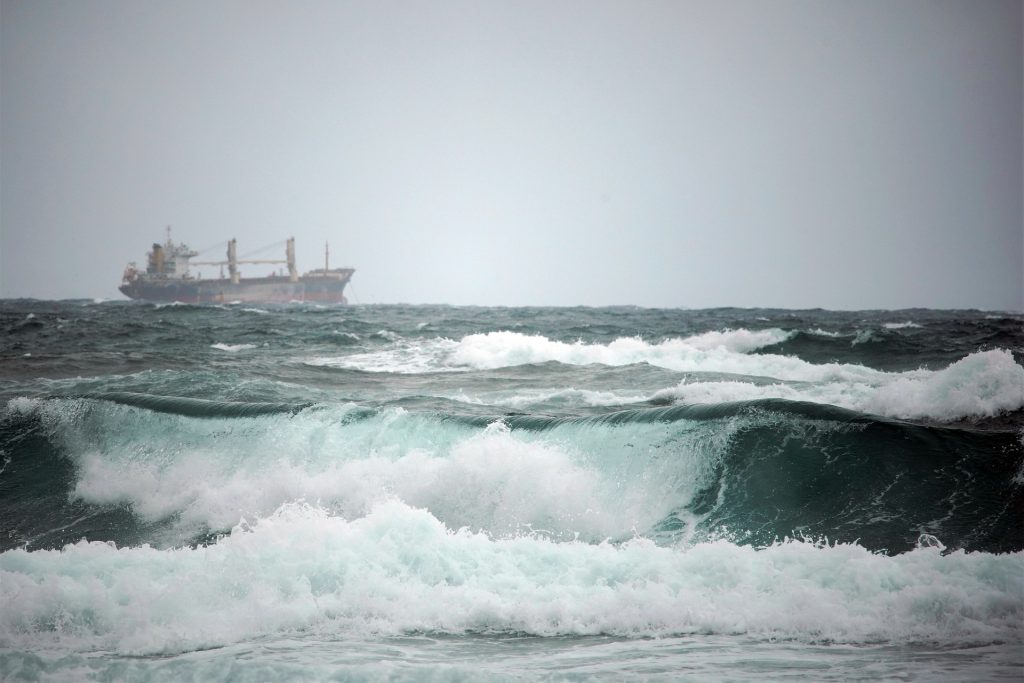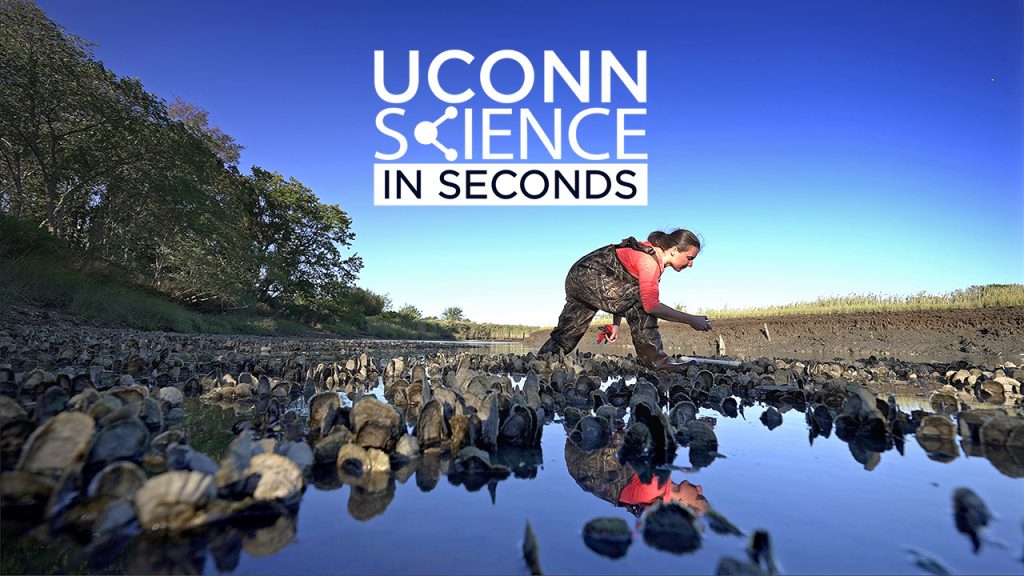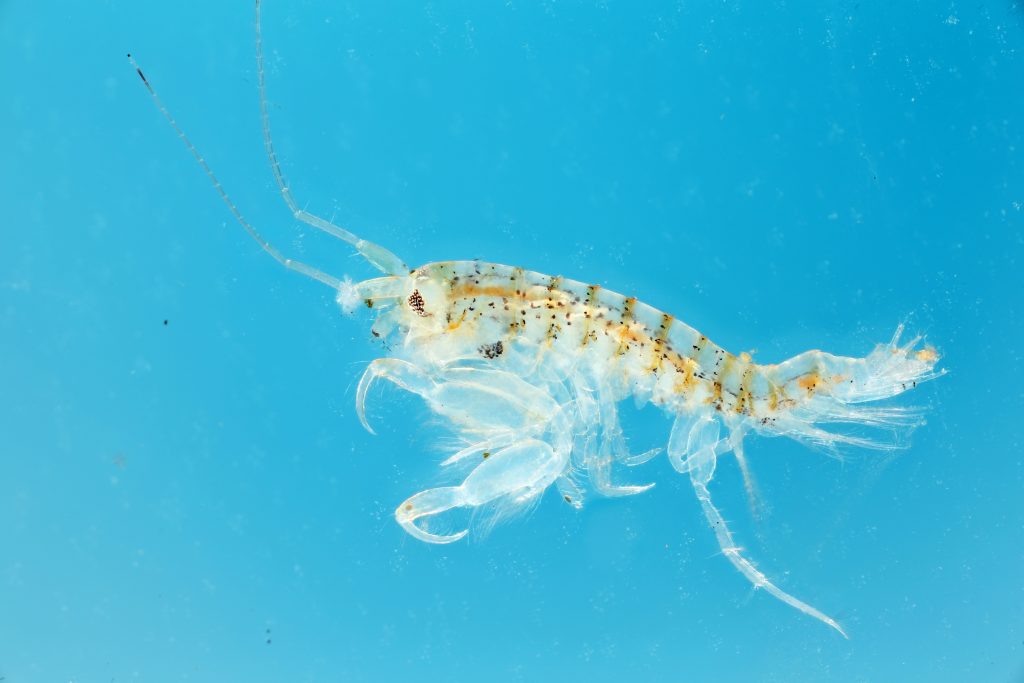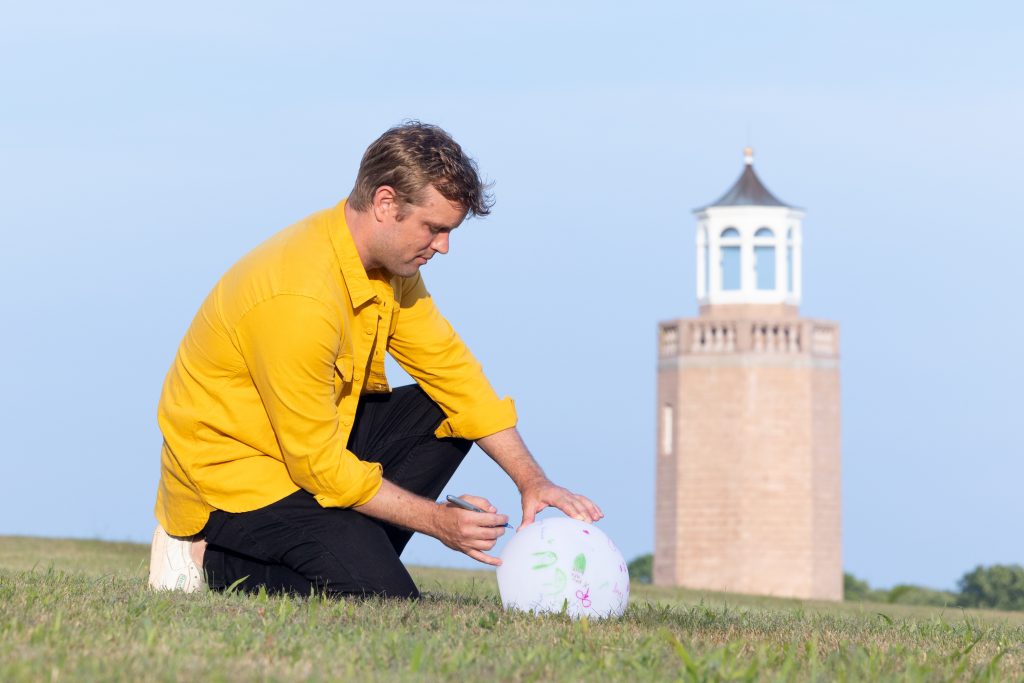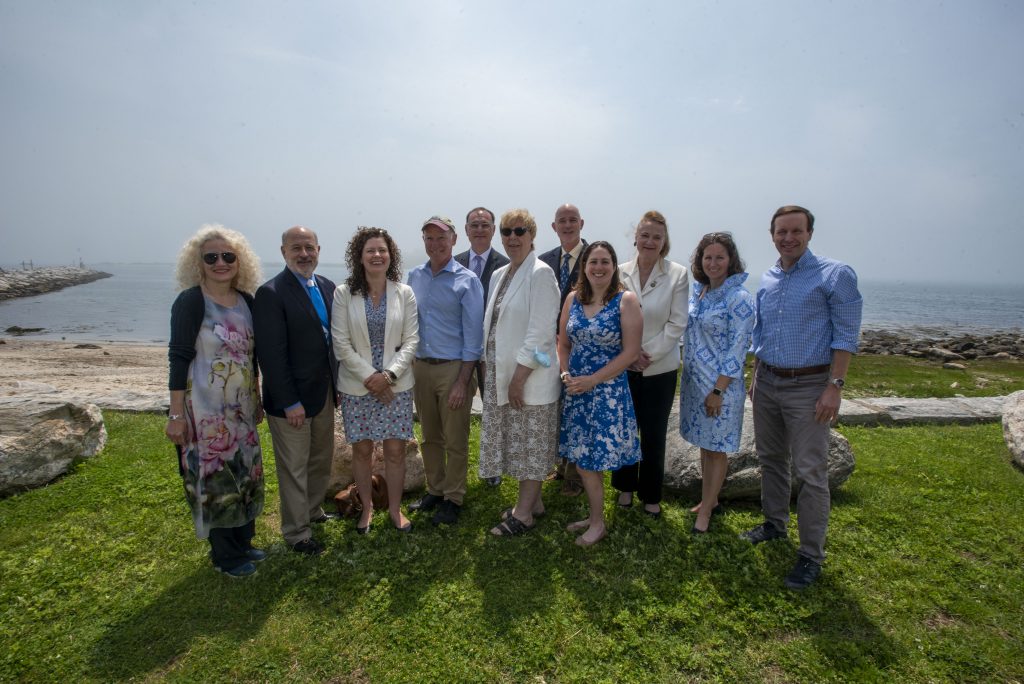Marine Sciences
UConn Aims to Achieve Carbon Neutrality by 2030 and Become International Model of Sustainability
'There are unique things that we can do at this campus that no other campus is doing. We have the vision, interdisciplinary science, and technologies ready and have to start implementation'
December 6, 2022 | Stephanie Reitz
Genetic Barriers, a Warming Ocean, and the Uncertain Future for an Important Forage Fish
'It's all temperature driven, and the implications for this, in light of climate change, are huge'
December 6, 2022 | Elaina Hancock
Making Music from Data Points: Grad Student Collaborates to ‘Sonify’ Science
'Looking at graphs is not something that’s intuitive for most people, but music is a way that you can communicate something'
November 30, 2022 | Kimberly Phillips
UConn, Eversource Energy Center to Develop Marine Model for NOAA Software
Researchers led by UConn/Eversource Energy Center professor Malaquias Peña Mendez will develop a 3-D, real-time analysis for marine environments, building on a state-of-the-art NOAA system
November 16, 2022 | Anna Zarra Aldrich '20 (CLAS), Office of the Vice President for Research
Science in Seconds: Oyster Restoration
UConn Marine Science researcher Zofia Baumann has her eyes set on restoring Connecticut’s oyster populations
November 7, 2022 | Thomas Rettig
Question for Conservation Efforts: 200 Miles from Shore, Who’s in Charge?
When it comes to deciding who has a say in what happens on the high seas, it’s complicated
October 5, 2022 | Elaina Hancock
Can a Tiny But Essential Ocean Organism Keep Pace with Climate Change?
Trying to understand how well copepods can cope with warming oceans
October 3, 2022 | Combined Reports
Outdoor Sculpture Exhibit, Open Air 2022 Intends to Spark Conversation at Avery Point
Gun violence, environmental catastrophe among the themes explored by artists in diverse exhibition of artworks
August 16, 2022 | Kimberly Phillips
UConn, Others Celebrate Research Estuary Amid Shoreline Breezes, Boat Tours
Federal designation offers resources, protection for coastal Connecticut
May 21, 2022 | Stephanie Reitz


